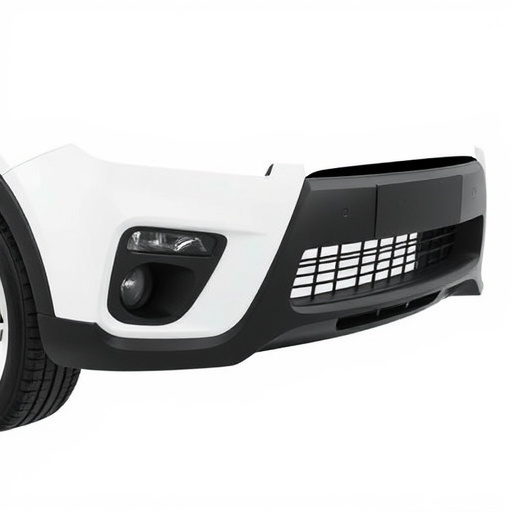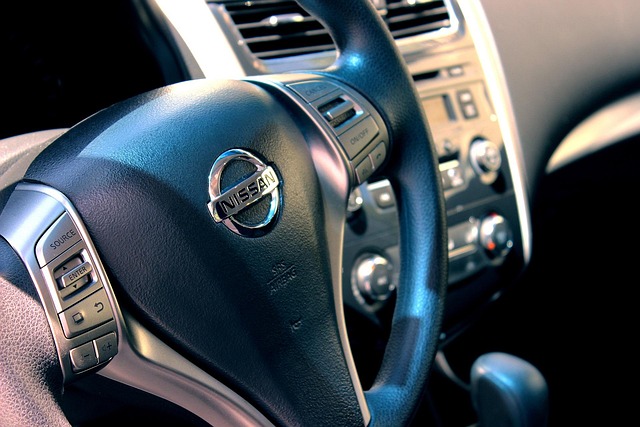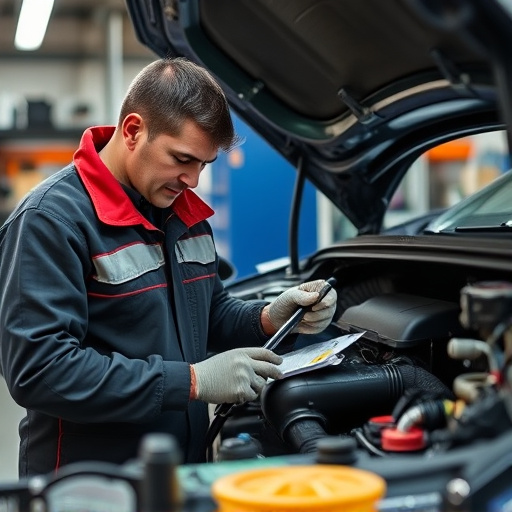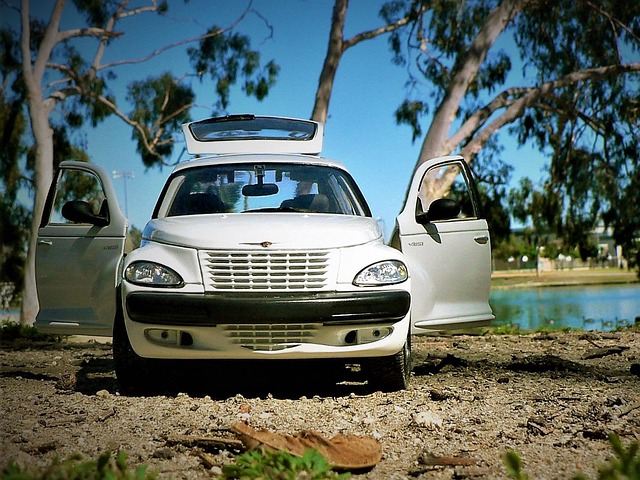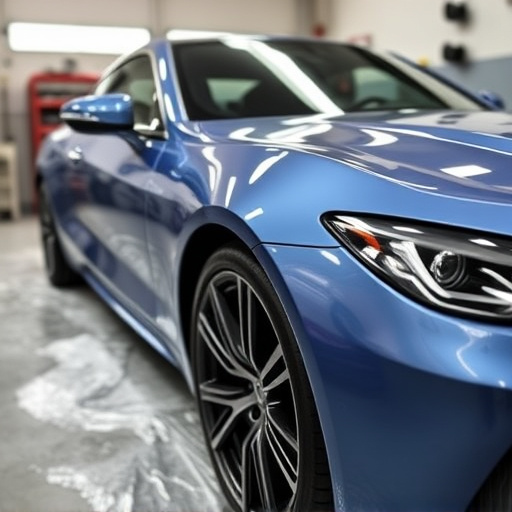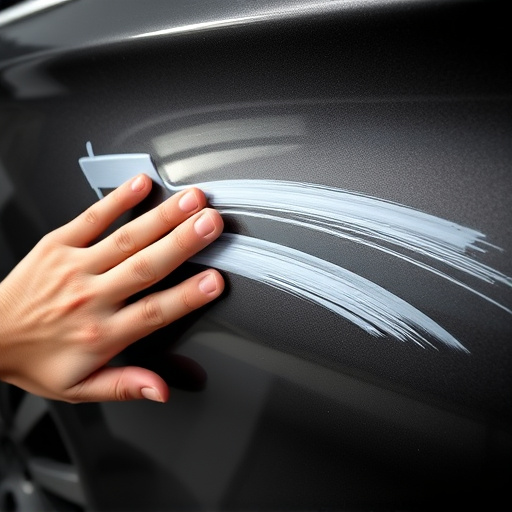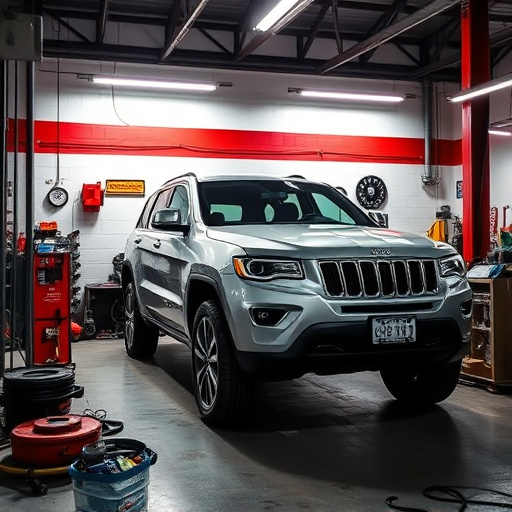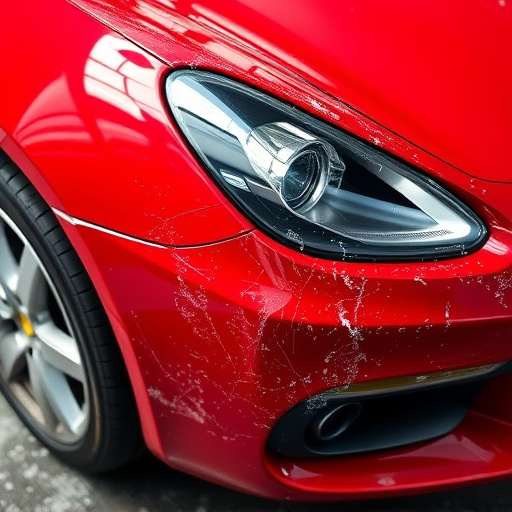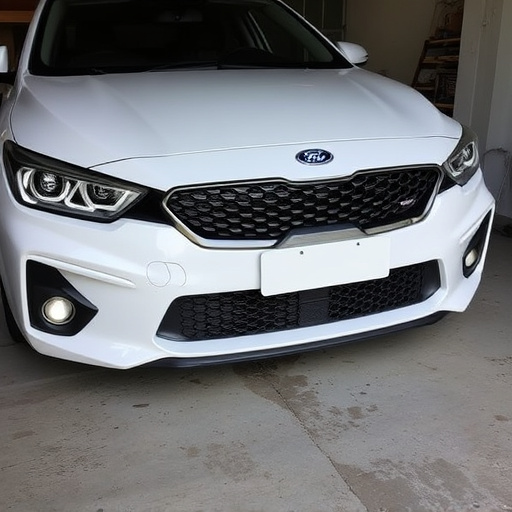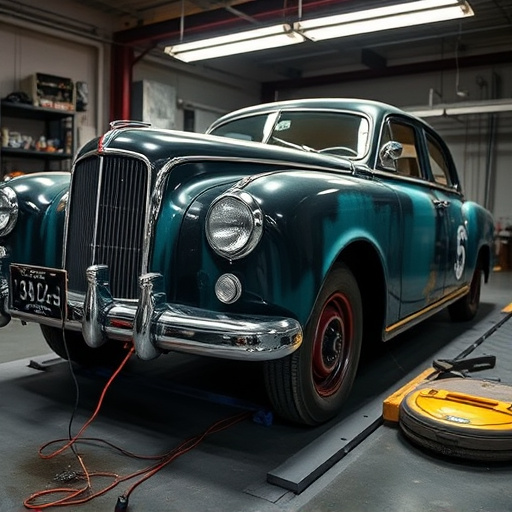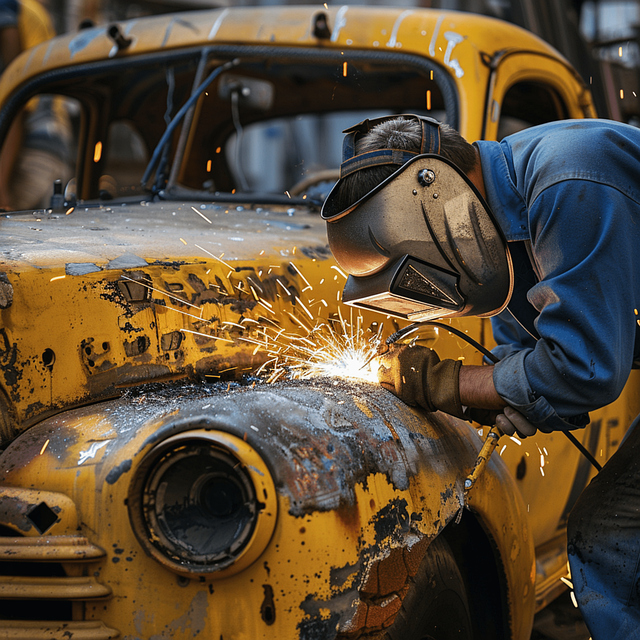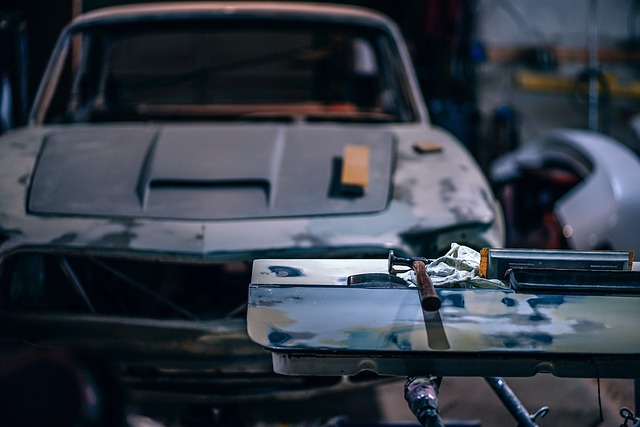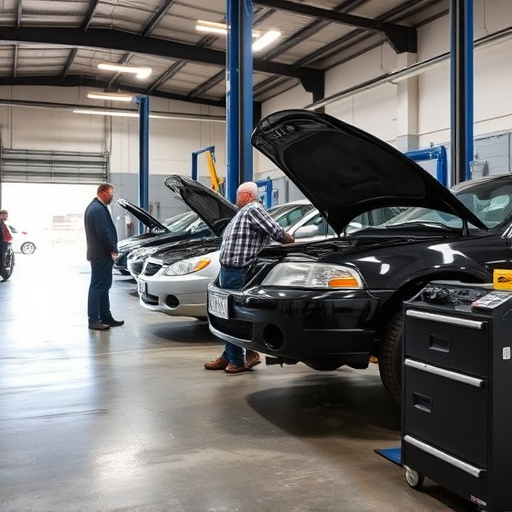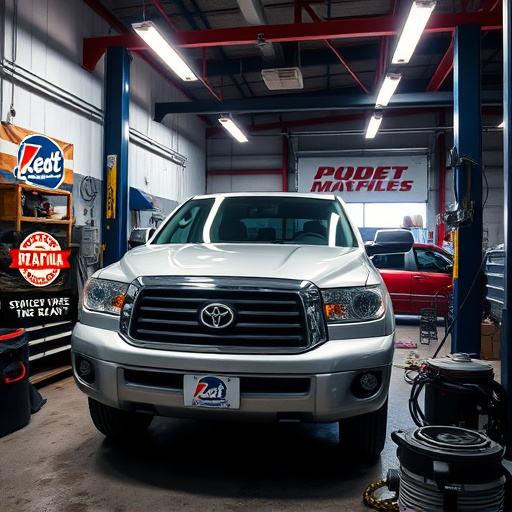Mercedes ADAS calibration is a precise process ensuring Forward Collision Warning (FCW) systems function optimally. Regular recalibration after repairs or incidents is crucial to maintain safety and vehicle performance. Proper alignment of sensors, cameras, and LiDAR enhances FCW accuracy, preventing accidents and improving driving dynamics. Professional auto services can preserve calibration, while safe practices like tire pressure maintenance and windshield care support ADAS effectiveness.
Mercedes ADAS (Advanced Driver Assistance Systems) calibration is vital for ensuring the accuracy and reliability of forward collision warning, a key safety feature. This article delves into the intricate process behind Mercedes ADAS calibration, highlighting its benefits in enhancing road safety. We explore best practices for maintaining this critical system, emphasizing the importance of regular checks to safeguard against potential malfunctions. By understanding these aspects, folks can maximize the effectiveness of their Mercedes’ advanced driver assistance capabilities.
- Understanding Mercedes ADAS Calibration Process
- Benefits of Accurate Forward Collision Warning
- Best Practices for Maintaining ADAS Calibration
Understanding Mercedes ADAS Calibration Process
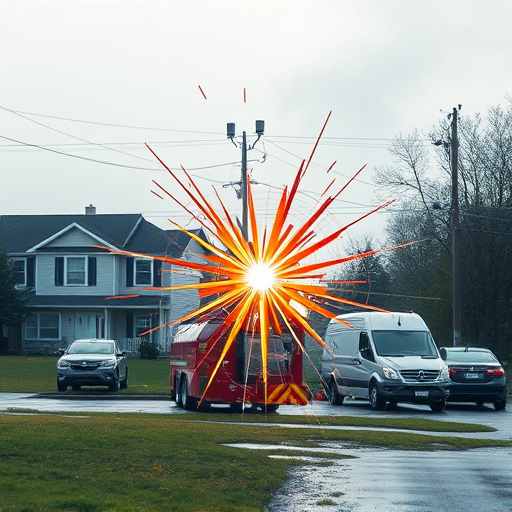
Mercedes ADAS calibration is a meticulous process designed to ensure the precision and reliability of Forward Collision Warning (FCW) systems in Mercedes vehicles. It involves a series of intricate steps where specialized tools are used to adjust and fine-tune various sensors and cameras installed on the vehicle. The primary goal is to optimize these Advanced Driver Assistance Systems (ADAS) for optimal performance, ensuring that the FCW accurately detects potential collisions and provides timely warnings to drivers.
This calibration process begins with a thorough inspection of the vehicle’s ADAS components, including the LiDAR sensors, radar units, and cameras. Following this, precise adjustments are made to each sensor’s settings, aiming to align them perfectly with the vehicle’s paint job and overall geometry. It is crucial that these systems have an exact understanding of their surroundings to deliver accurate data for collision avoidance. In cases where there has been damage, such as in auto glass repair or vehicle paint repair, re-calibration becomes even more critical to maintain the ADAS’ effectiveness. Auto painting services should consider this calibration step to guarantee a seamless integration of the restored exterior with the advanced safety systems of Mercedes vehicles.
Benefits of Accurate Forward Collision Warning

Accurate Forward Collision Warning (FCW) systems are a critical component of Mercedes’ Advanced Driver Assistance Systems (ADAS), designed to prevent accidents and save lives. The benefits of precise FCW are multifaceted, enhancing both safety and driving experience. By detecting potential collisions early, these systems can issue warnings to the driver, providing them with vital seconds to react and avoid or mitigate a crash. This proactive approach significantly reduces the risk of rear-end collisions, a common cause of accidents on modern roads.
Moreover, Mercedes ADAS calibration ensures that these safety features operate at peak efficiency. Regular calibration aligns the vehicle’s sensors and cameras, allowing for consistent and accurate data processing. This is particularly important for FCW, as even minor misalignments can lead to false alarms or a failure to detect imminent dangers. Maintaining proper ADAS calibration not only optimizes collision warning accuracy but also contributes to overall vehicle performance, ensuring that auto repair shops and dedicated auto glass repair or paintless dent repair services can address any issues promptly and effectively.
Best Practices for Maintaining ADAS Calibration

Maintaining accurate Mercedes ADAS calibration is paramount to ensure Forward Collision Warning (FCW) systems operate effectively and prevent potential accidents. Best practices involve regular checks and recalibration after any significant incidents, such as a fender bender or scratch repair, which can disrupt sensor alignment. Professional car paint services that include precise body work and panel replacement can help preserve the vehicle’s original calibration.
Additionally, driving habits play a crucial role in ADAS performance. Avoid extreme speeding or tailgating, as these behaviors may mislead sensors. Regularly cleaning windshields and ensuring proper tire pressure are also essential for optimal sensor function. Calibration should be viewed as an ongoing process, with frequent assessments to guarantee the system remains attuned to the vehicle’s dynamics, thereby enhancing safety and driving experience.
Mercedes ADAS calibration is a vital process that ensures the accuracy and reliability of Forward Collision Warning systems. By regularly maintaining calibration, drivers can benefit from enhanced safety features, allowing them to navigate roads with greater peace of mind. Through best practices like routine checks and professional recalibration when necessary, owners can keep their Mercedes’ ADAS at peak performance, thereby contributing to a safer driving experience.
